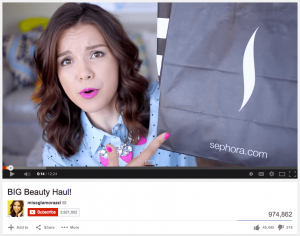Well the New York Times just came out with a huge piece on the dark underbelly of influencer marketing. If you haven’t read it already, the long and short of the story centers around a young 17 year old girl, who found out her pictures, name, and bio were all stolen to create a new (fake) account. While in high school she discovered that this account was retweeting pornographic images, followed and retweeted accounts using Arabic, and tweeted about cryptocurrency and real estate. Long story short: the culprit behind this ended up being a company named Devumi – who has 3.5 million automated accounts, and provides up to 200 million twitter followers to paying customers.
To put this in perspective, here’s a list of fake users by social media platform:
| Company | Number of Fake Users | Percent of Total Users |
|---|---|---|
| 60 million | 3% | |
| 48 million | 15% | |
| 24 million | 5% |
The reason there’s no data around SnapChat has to do with the lack of visibility into creating fake accounts. But considering how easy it is? It wouldn’t be surprising if it was a rather large percent ala Twitter. All someone would have to do is take a screenshot of a snap, then create a new account, and boom. New bot.
How to avoid spam bots & get more bang for your buck
Look, we get it. Most people go to spam bots because they do 2 things very well:
- Quickly (instantly) increases likes/follows/shares so that the algorithm picks up on the trend and features your account or post in real peoples’ accounts
- It’s easy.
So how do you accomplish your two goals without making some 17 year old girl’s life a nightmare? One option is to use machine learning. There are certain tools that will use machine learning and entity matching to help identify who’s real and who’s not. From there, it’s a matter of exporting the list of legit influencers (often micro-influencers) into your favorite CRM, and you’re off to the races.
If you’ve been paying attention to politics, you know how effective Twitter and Facebook bots can be. But it also proved something else: social media accounts don’t need to have large followings to be powerful, if you can get enough of them.









